If your cat disappears at the sight of your carrier, you are not alone. Many cats find the experience unpleasant, either because they don't like being in a carrier or because they have had a negative experience there.
One thing is for sure, there are times when you will need to use a cat carrier. Vet appointments, moving, or traveling can be stressful for your cat , and it's important to make sure they are safe and healthy while in transit.

Never consider traveling with your cat loose in the car - aside from potential accidents, your cat may find it very traumatic.
Here is a guide intended to prepare you as best as possible for traveling with your cat: how to choose the transport cage? How to help the cat tame it? Can you travel abroad with your cat? Keep reading, we'll give you all the answers!
Learn to put your cat in a carrier

Installing your cat transport cage
Place newspaper or a washable blanket or towel inside for pottying along the way. The ideal is to choose a synthetic material that will absorb any liquid and keep your cat comfortable.
In addition to the litter box, pack a familiar blanket or towel that you can spread on top of the carrier during the trip. If you go to the vet, they may want to use it to surround your cat during the exam. A familiar smell can be comforting to cats, especially if they are anxious.
For nervous cats, spray the inside of the carrier with a pheromone spray. Spray the product 15 minutes before your cat leaves , using it sparingly. The pheromones in the spray, although synthetic, can help him feel safe.
What is the best type of cat carrier to buy?

It can be difficult to know which shipping crate to buy, especially since there are many different types on the market. There are cardboard carriers available , but they get wet easily and most are not sturdy enough to transport your cat safely. Instead, opt for a solid model made of plastic or metal. Whatever your choice, the ideal carrier should be strong, lightweight, safe and easy to clean.
Other elements to take into account when purchasing a transport cage:
The size
The carrier should be large enough for your cat to lie comfortably and adjust its position, but narrow enough so that it cannot fall.
The opening
Cat carriers with a top opening are generally easier to use because you can lower your cat down from the top. However, front-loading carriers that allow the entire top to be removed are generally easier to use to teach your cat to love the carrier.
Ventilation
Choose a carrier that has openings on at least two sides. This will prevent your cat from suffocating in the cage.
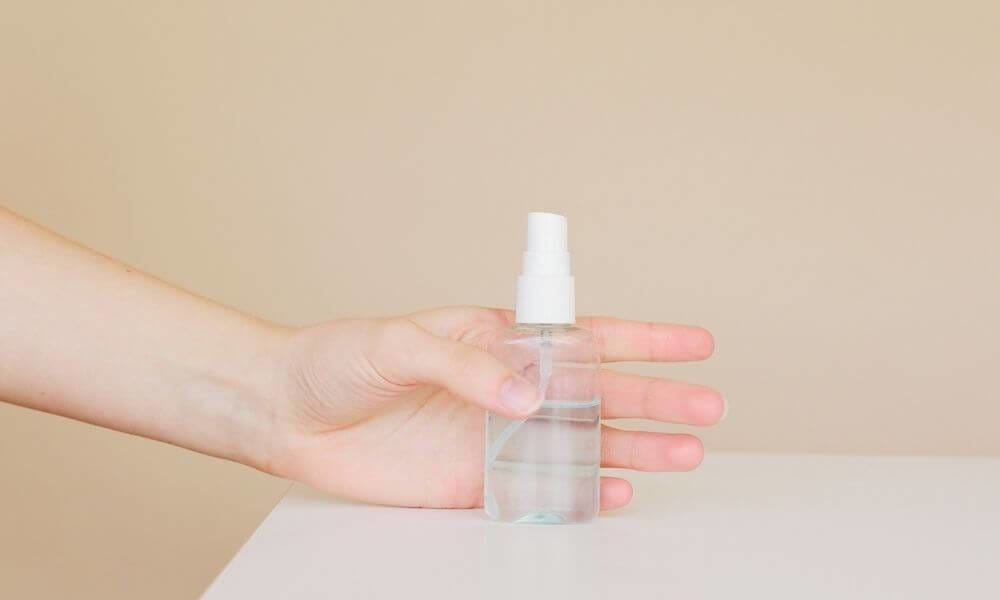
3 Ways to Reduce Stress When Using a Cat Carrier
1. Nervous cat? Place a familiar towel on the entrance of the transport crate
2. Use a pheromone spray , buy at a pharmacy or from your veterinarian, to help him feel secure.
3. Occasionally place a treat in the carrier to try to create positive associations.
Guide to learning to put your cat in a carrier
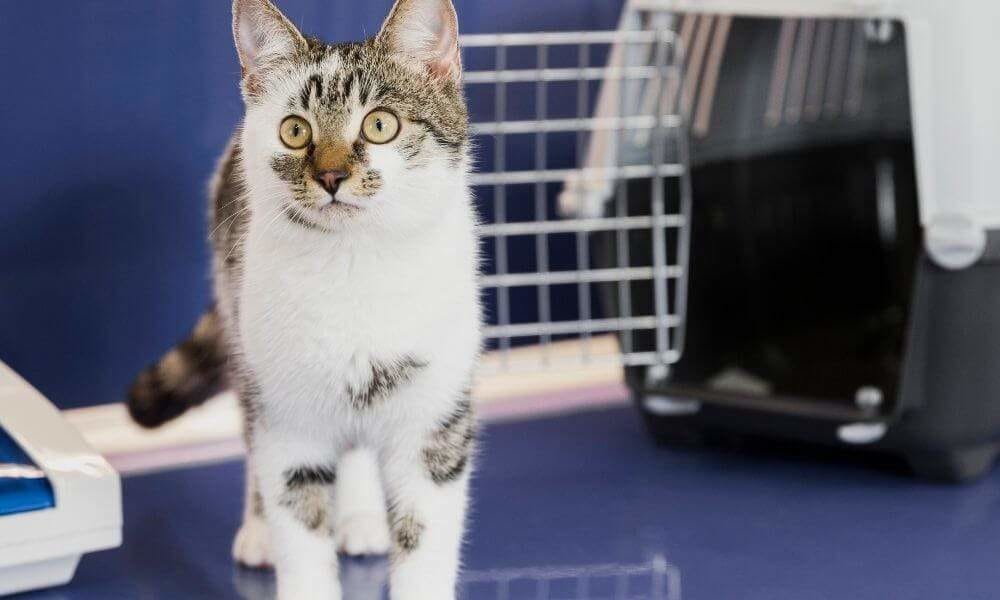
Teaching your cat to use a carrier is a great idea. A cat that feels comfortable in its cage will be less stressed, which will make its owner less stressed. As all cats will need to be transported in a carrier at one point or another, it is advisable that everyone take the time to familiarize their cat with the carrier. Remember to take the time to teach your cat how to use their carrier, only moving through each step once your cat seems completely comfortable.
Step one: let the cat become familiar with the cage
Leave your carrier open in a quiet place so your cat can explore it at ease. If your cat is nervous about the carrier, make sure he's not around when you take it out.
Is your cat particularly nervous? Start by placing litter near the carrier. As your cat becomes more comfortable, gradually move the litter box closer to the cage.
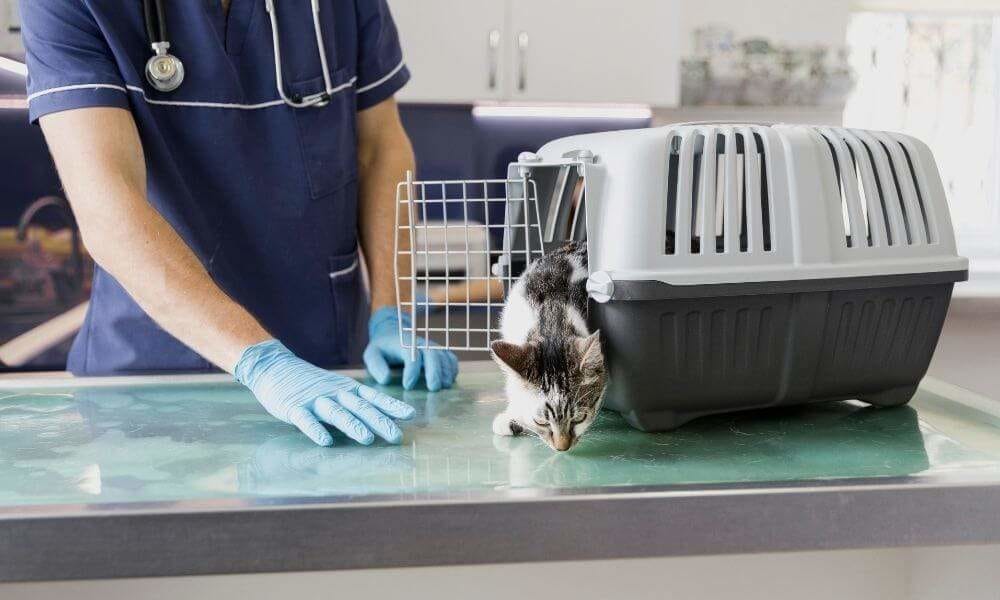
Step Two: Baiting Your Cat Inside
Now that your cat is feeling more relaxed, it's time to place the blanket in the carrier. Then place a treat inside the cage. This will encourage your cat to explore the cage and help it establish good associations with this environment.
When your cat is happy to "find" the treats in the cage, get him used to your presence while he explores. Try tossing a few cookies or a treat into the carrier while your cat is in it.

Step three: close the door
Once your cat has gotten used to spending a few minutes in the cage, you can start closing the door. Don't rush this step - you don't want to risk scaring him! Remember: If your cat doesn't seem happy at any point, start the process again.
Once the door is closed and your cat is safely inside, try lifting the carrier so he becomes familiar with the feeling of being carried. If your cat still seems nervous, try draping a familiar blanket or litter box over the entrance.
When you are not training your cat to use the carrier, keep it outside and visible at home. You can even try giving him treats inside from time to time, to show him that it's a nice place to be!
How to get a nervous cat into a carrier?
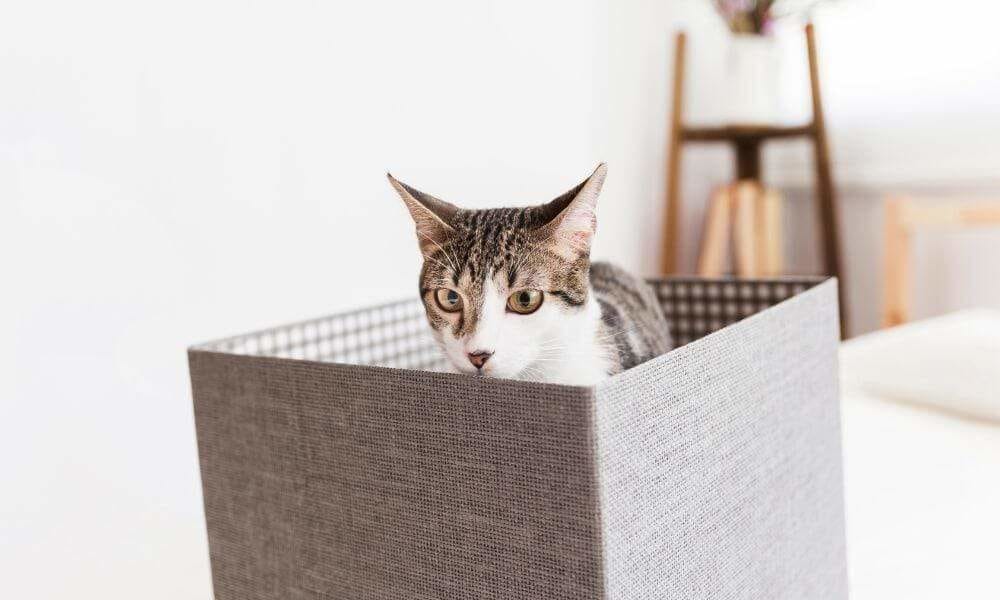
Some cats are more anxious than others when it comes to using a carrier. Do you have a nervous cat who doesn't want to go near the carrier? Use the towel wrapping technique over the cat to ensure it is safe with minimal stress. You will need a large towel, a blanket
Calmly approach your cat from behind, holding the blanket with both hands. With a quick movement, place the blanket over your cat. Make sure to cover his entire body and head. Firmly but gently, place your hands on the towel and on your cat's shoulders. Take the cat in your arms , folding the blanket underneath.

Immediately place the cat in the carrier. Cover the carrier with the large towel to help the cat stay calm.
Although this method is useful in the short term or in an emergency, it is advisable not to rely on it throughout the cat's life. Then take the time to teach your cat to feel comfortable in the carrier and help him have a less stressful time during his future trips.
Top tips for traveling with your cat
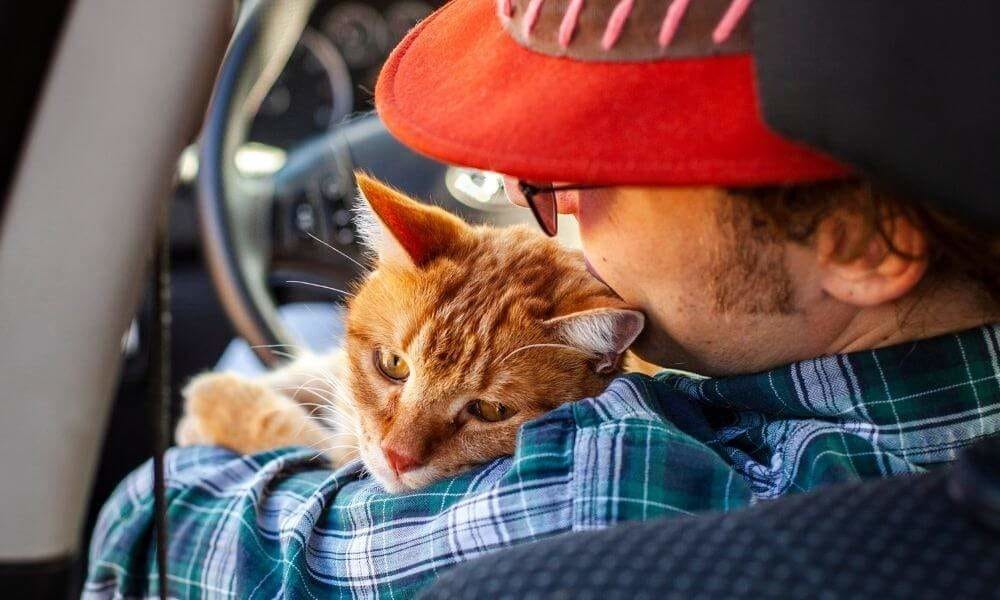
Always make sure your cat has a carrier all to itself. Even if your cats are very affectionate towards each other, it is not recommended to let them share this small space.
Before traveling , make sure that cat flaps, windows and doors are closed. If your cat gets nervous, the last thing you want is for him to escape!
Unless your veterinarian advises otherwise, try to limit your cat's diet for a few hours before traveling to prevent him from vomiting and defecating en route.
If you are traveling by car, make sure the carrier is secure . Keep the carrier upright and secure it carefully using the seat belt - this can prevent your cat from getting sick in the car.
Make sure your car's heating or air conditioning is not aimed directly at your cat to keep him comfortable.
Drive safely and smoothly, making as little noise as possible.
Remember not to leave your cat unattended in the car, especially in hot weather.
How to clean your cat's carrier?

It is important to clean your cat's carrier to prevent infection, especially if your cat has vomited or defecated during travel. Although cats like to enjoy a clean space, they do not appreciate strong cleaning odors.
Instead, use a mild, non-toxic soap and water to clean the carrier with a sponge. Then rinse it with water and let it dry outside. By cleaning the carrier, you will give it a neutral smell and you will even prevent it from smelling like a veterinary office, which will encourage your cat to use it!
Should I ask my vet for a sedative for my cat for travel?

Most of the time, cats travel just fine without the need for medication. Some cats, on the other hand, experience stress when traveling. Consult your veterinarian to establish the best travel plan for your cat if he or she does not travel well. Here are some strategies for de-stressing cats while traveling:
Pheromone wipes and spray can be used to prepare the carrier and may help reduce anxiety .
A calming pheromone necklace can help reduce anxiety.
Medications prescribed by your veterinarian: Buprenorphine), gabapentin, and alprazolam (brand name Xanax) are examples of medications sometimes used to reduce anxiety in some cats when traveling. Test the medication at home before traveling so you know how your cat will react to the medication.
What you need to know about taking your pet abroad

You can enter or return to France and the European Union with your pet cat if:
He is equipped with a microchip
He has a pet passport or an official veterinary certificate from a third country
He is vaccinated against rabies - he must also have a blood test in a laboratory approved by the European Union if you come from an unlisted country.
Should I travel abroad with my cat?

Although it is legal to travel abroad with your cat provided the mandatory requirements are met. It is important that you carefully consider your cat's well-being before doing so. Cats are generally very stressed by traveling and are disoriented in a new environment without the familiar smells of their home territory.
They are more likely to get lost or in distress. Taking your cat abroad for vacation is not a good idea, but sometimes traveling with your cat is unavoidable . If you're emigrating to another country or considering a new place to live, you'll need to make sure you plan your cat's trip carefully to keep them safe.

If you decide to take your cat abroad, it is best to speak to your veterinarian before traveling to find out if preventative treatments are recommended for the area you are traveling to.
European pets are even more vulnerable because their immune systems have never been exposed to certain exotic infections. It would be a preventable tragedy if they got sick, even died, or spread diseases to other animals upon their return. If a cat becomes ill after returning from a trip, owners should consult a veterinarian immediately.
By planning ahead, paying attention to details, and consulting with your veterinarian, road trips with your cat can be as smooth as silk!
